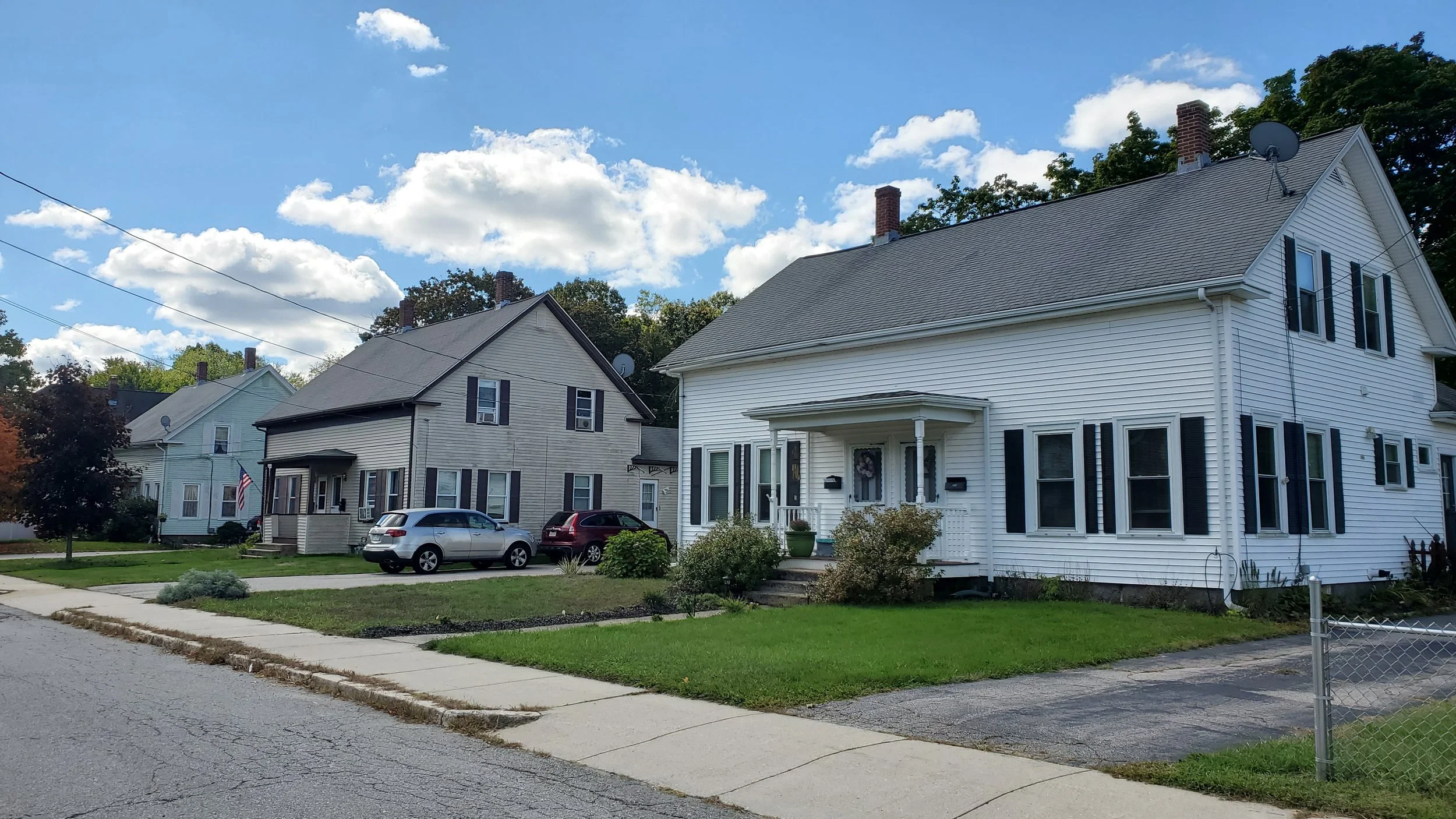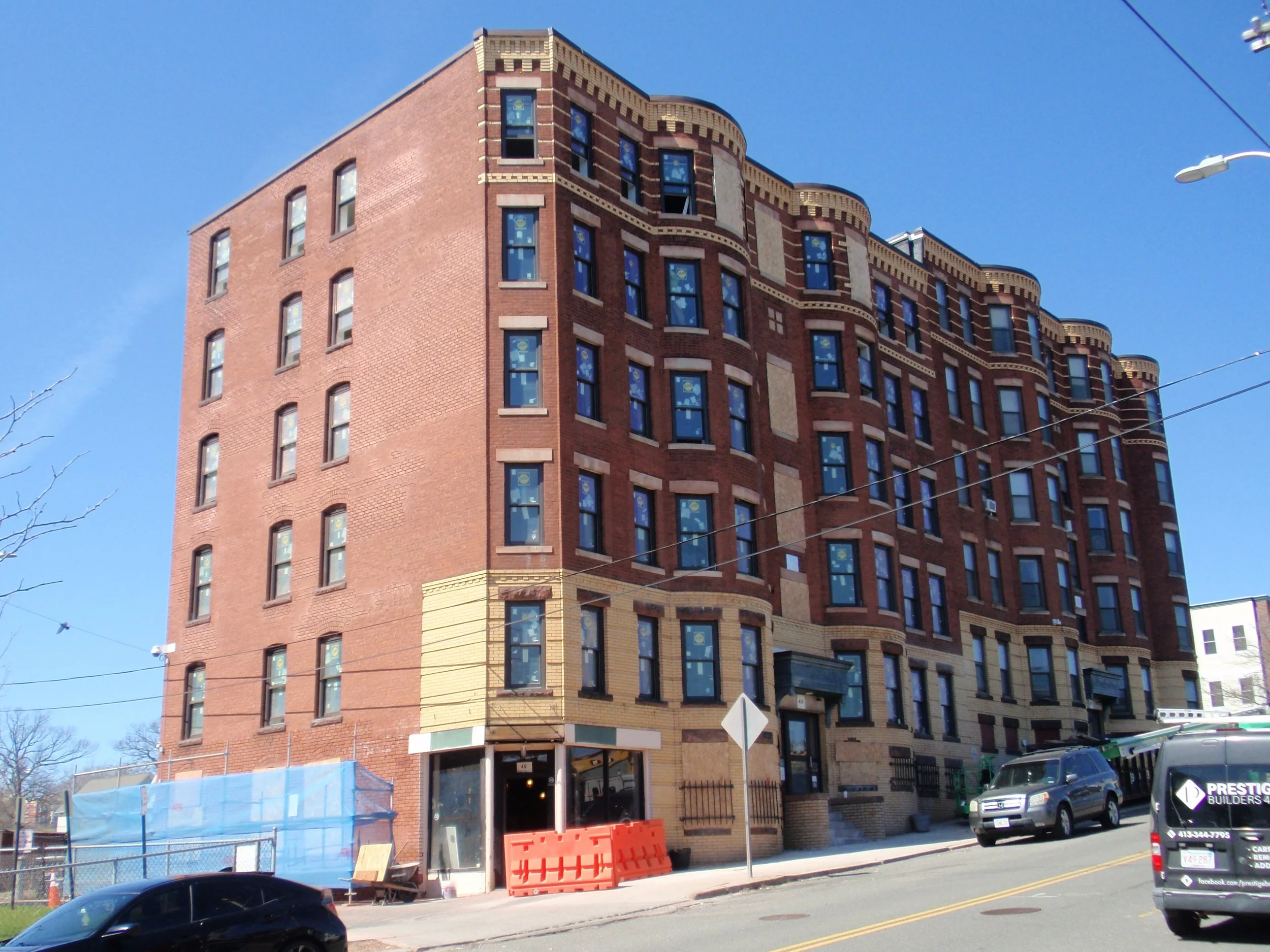In Massachusetts, municipalities and local preservationists have available a wide spectrum of preservation and land use tools to protect historic resources, neighborhoods, and special places in their communities. Many communities have adopted demolition delay bylaws or ordinances under home rule; state enabling legislation allows for local historic districts; and local historical commissions are empowered to hold preservation restrictions.
But often when speaking with local preservationists, I find that a community has adopted one or two tools and exclusively focuses on the use and administration of that tool, often at the expense of the larger preservation picture in the community. A threatened building causes these local preservationists to lose sight of their “why” and instead hone in on their one preservation tool, even if it will not achieve their wider preservation goals. Focusing on the “why” of local preservation can hopefully pull some local preservationists out of panicked enforcement mode and into a more open, broader-thinking perspective to consider other alternative preservation tools.
Local historic districts are important and can be used to protect architecturally-significant resources, as the Town of Andover did with this property. But local historic districts are not the only tool in the local preservationist’s toolbox.
What is that “why” of local preservation, though? It means why exactly are you trying to preserve that building, that streetscape, that neighborhood, that landscape. What about that historic resource makes it important to the community, to the site itself, to scholarship on local history or architecture? That why will help you understand what you are trying to protect, what is significant about the resource and what should be maintained, and will hopefully guide you to the appropriate preservation tools for that specific site.
When a building is going to be demolished, don’t just focus on the demolition. If your community values sustainability, consider advocating for deconstruction and the preservation of some materials.
At a basic level, local preservationists need to understand (and ideally, be involved in the development of) their community’s larger planning and land use goals, usually developed during a master or comprehensive plan process. These goals drive land use decisions such as zoning, potential new developments, and the appearance of the community’s landscape. Review your community’s goals. Do they highlight community character? Are there certain areas of town that are called out as more special? Are certain features of the community seen as a key piece of the community’s identity? Understanding the answers to these questions can guide local preservationists in their work; these questions address what the community as a whole wants to protect and preserve. Maybe it is the community’s historic village centers, agricultural landscapes, or social club buildings that are important. Those will all require different preservation strategies; adopting a demolition delay bylaw and working vigorously to enforce it will not adequately protect all of those historic resources and sites.
When a building, landscape, or neighborhood is threatened, keep that broader community “why” in mind. Why is that site important? What features convey its historic or architectural significance? And why do community members – beyond just local preservationists – value the site? These questions will help identify the appropriate protection tool, whether a typical historic preservation tool such as demolition delay or a local historic district, or something else, such as a zoning change or funding.
Downtowns or village centers may benefit from a variety of protection tools that are not always historic preservation-oriented.
Let’s say your community has a historic village center featuring a popular general store that has served the community for generations. The retiring owner lists the building and business for sale. Oh! We have local historic districts in the community! We have a threatened building, so we will designate it a local historic district and that will protect it! Well… not quite. Perhaps the building is two stories, but your zoning allows up to five in that area. Perhaps the building is quite undersized for its lot, with a large parking lot behind. That zoning may mean that even with a local historic district, you will receive proposals to demolish the building and redevelop the site. And even if the building is preserved, it may not mean the general store business remains; maybe a lawyer’s office, salon, or restaurant replaces the general store.
Redevelopment of the site or a change in use may be perfectly fine. But, if you want to preserve both of those – if the community values the building and its use, if they are the “why” for that site – a local historic district will not protect against either redevelopment or a new use. The community’s “why” and its overall preservation goals will not be served by using what local preservationists might view as their one preservation tool, local historic district designation.
Other tools are likely more appropriate. These might include zoning compatible with the scale of the existing built environment, or design guidelines that encourage similar patterns of development. A legacy business program might support the historic general store use. Local grants or a revolving loan fund might support preservation of the existing building. Guided by the community’s “why” for that building, those will all be more effective preservation tools for that specific site than a local historic district.
Compatible zoning and owner education may do more to support your local preservation efforts than strict enforcement of local preservation tools.
In some cases, particularly in the use of demolition delay, a focus on one tool can be to local preservationists’ detriment. Other community members may view this focus on enforcement as punitive or uncooperative, giving local preservationists a negative reputation in the wider community. I often see communities with a very expansive definition of “demolition” – window replacements, the removal of chimneys and siding, and roof replacements all need to come in for review under the demolition delay bylaw or ordinance. In those same communities, I often hear of homeowners upset, they did not know or did not expect replacing their siding would require this review. These situations add up, creating a negative perception of the local historical commission.
Heavy-handed demolition delay review such as this can also hamper future preservation efforts. What incentive does the community have to create new local historic districts, if the demolition delay bylaw or ordinance effectively functions as a local historic district for the whole community? Thus, local preservationists are not able to deploy a full set of preservation tools in the community to adequately protect their historic resources.
But in these expansive demolition delay cases, let’s consider the why. Thinking more broadly, the local historical commission wants to protect the community’s historic resources. Changes property owners make are impacting those resources, removing historic materials that add to the community’s overall historic integrity. But does a six-month delay for a window replacement project really support the community’s wider historic preservation goals? It may not, and the historical commission might look to other tools to support their historic preservation goals.
The widespread removal of historic building features might suggest a few other options to pursue for the local historical commission outside of enforcing the demolition delay bylaw or ordinance. Maybe they need more public education about the community’s architecture and history, to generate broader awareness of and appreciation for the community’s historic resources. Maybe the local historical commission needs to do more targeted public education around windows or energy efficiency upgrades in historic buildings. Maybe the community develops a grant or revolving loan program that supports homeowners in making good preservation choices. And if there are, in fact, so many buildings in the community that have such significant historic materials on them, perhaps the community needs to consider stronger preservation tools, such as a local historic district, where it is more appropriate to review material changes.
Incentives such as federal and state historic rehabilitation tax credits provide direct benefits to property owners while supporting local preservation goals.
It may feel uncomfortable for a local historical commission to refocus; “we’re losing things!” you might think. But pulling back, considering the community’s overall “why,” and exploring alternative preservation and land use protection tools may in fact benefit your community in the end. Engaging with other groups in the community can strengthen your role in the community’s land use and planning processes. Pursuing protection measures more supportive of property owners will likely generate more successes, as property owners can more clearly see the benefits to them personally. And overall, you might generate more support and a constituency for preservation in the community, rather than community members viewing historic preservationists as overly administrative, time-consuming, or punitive. Most importantly, connecting your work back to the community’s “why,” those larger shared goals and values, gives you more support through past planning and public engagement efforts that generated that “why” and more of a connection to the community’s shared values.





